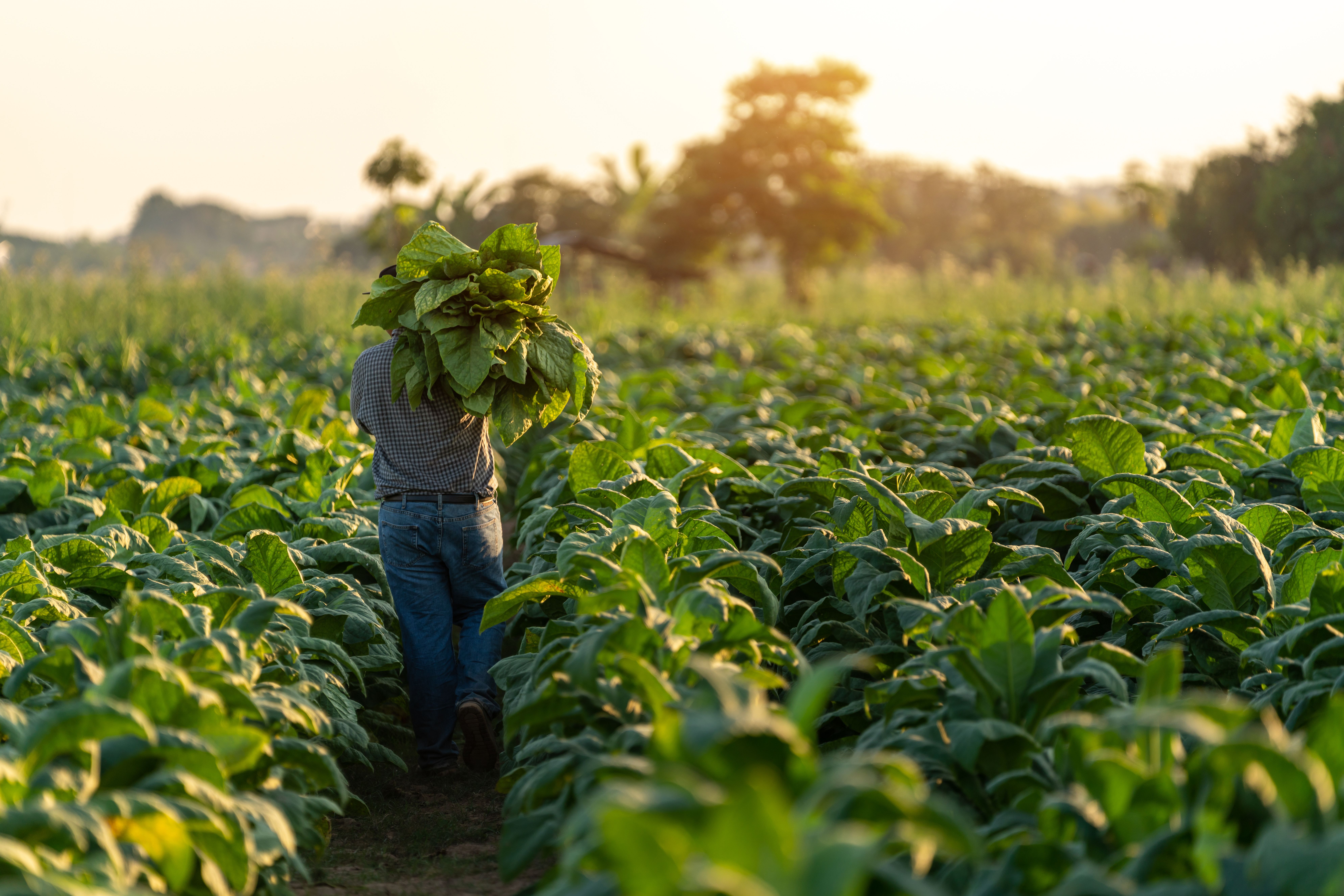Wuhan University Researchers Develop New Method for Detecting Pyrethroid Pesticides in Tobacco
Researchers have developed a new method for detecting pyrethroid pesticide residues in tobacco using Schiff base networks (SNWs) coated stir bar sorptive extraction (SBSE) coupled with high performance liquid chromatography-ultraviolet detection (HPLC-UV), which exhibited high extraction efficiency and good mechanical stability even when reused more than 50 times.
Researchers from Wuhan University in China have developed a new method for detecting pyrethroid pesticide residues in tobacco using Schiff base networks (SNWs) coated stir bar sorptive extraction (SBSE) coupled to high performance liquid chromatography-ultraviolet detection (HPLC-UV). The SNWs/polydimethylsiloxane (PDMS) stir bar prepared by sol-gel method can extract weakly polar pyrethroid pesticides through hydrophobic, π-π and hydrogen bonding. The SNWs/PDMS stir bar exhibited high extraction efficiency toward pyrethroid pesticides and good mechanical stability even when reused more than 50 times.
Agriculture, farmer carrying the harvest of tobacco leaves in the harvest season. Tobacco industry. | Image Credit: © tong2530 - stock.adobe.com

SNWs are a type of polymer coating material that can be used to enhance the extraction efficiency of SBSE. SBSE is a sample pretreatment technique that uses a stir bar coated with a sorbent material to extract analytes from a liquid sample. The SNWs coating on the stir bar can extract weakly polar analytes through hydrophobic, π-π and hydrogen bonding interactions. The SNWs-coated stir bar exhibits high extraction efficiency and good mechanical stability with repeated use. This technique has been applied to the determination of pyrethroid pesticide residues in tobacco samples with good results.
The study, published in the Journal of Chromatography A, found that the method has a detection limit of 0.20–0.66 µg/L with relative standard deviation varying in the range of 2.3–8.2%, which meets the requirements of trace analysis of pesticide residues in the tobacco industry (1). The method was applied to the determination of six pyrethroid pesticides in cigarette samples, and the recovery for the spiked samples ranged from 82 to 117%, showing a great applicability for the analysis of pesticide residues in real samples with a complex sample matrix.
Pyrethroids are commonly used in crop protection, leading to their accumulation in crops, soil, and water. Although pyrethroids have low mammal toxicity, long-term exposure or intake also may cause carcinogenesis to human beings, and affect the endocrine and nervous system of some organisms. In 2003, the Agrochemicals Advisory Committee (ACAC) of Cooperation centre for Scientific Research Relative to Tobacco (CORESTA) puts forward the guiding residue limits (GRLs) (0.5–2.5 mg/kg) for pyrethroid pesticides in tobacco, which were the same as the maximum residue limits (MRLs) standard for tobacco in China.
The new method is significant for the tobacco industry and provides a more efficient and accurate approach for analyzing pyrethroid pesticide residues in tobacco. The research team's use of SNWs as a stir bar coating could potentially be applied to the detection of other pesticides in various crops, providing an alternative to current methods that require extensive sample pretreatment.
Reference
(1) Li, Y.; He, M.; Chen, B.; Hu, B. A Schiff base networks coated stir bar for sorptive extraction of pyrethroid pesticide residues in tobacco. J. Chromatogr. A 2023, 1689, 463759. DOI: https://doi.org/10.1016/j.chroma.2022.463759
Analytical Challenges in Measuring Migration from Food Contact Materials
November 2nd 2015Food contact materials contain low molecular weight additives and processing aids which can migrate into foods leading to trace levels of contamination. Food safety is ensured through regulations, comprising compositional controls and migration limits, which present a significant analytical challenge to the food industry to ensure compliance and demonstrate due diligence. Of the various analytical approaches, LC-MS/MS has proved to be an essential tool in monitoring migration of target compounds into foods, and more sophisticated approaches such as LC-high resolution MS (Orbitrap) are being increasingly used for untargeted analysis to monitor non-intentionally added substances. This podcast will provide an overview to this area, illustrated with various applications showing current approaches being employed.
Study Explores Thin-Film Extraction of Biogenic Amines via HPLC-MS/MS
March 27th 2025Scientists from Tabriz University and the University of Tabriz explored cellulose acetate-UiO-66-COOH as an affordable coating sorbent for thin film extraction of biogenic amines from cheese and alcohol-free beverages using HPLC-MS/MS.
Quantifying Microplastics in Meconium Samples Using Pyrolysis–GC-MS
March 26th 2025Using pyrolysis-gas chromatography and mass spectrometry, scientists from Fudan University and the Putuo District Center for Disease Control and Prevention detected and quantified microplastics in newborn stool samples.






